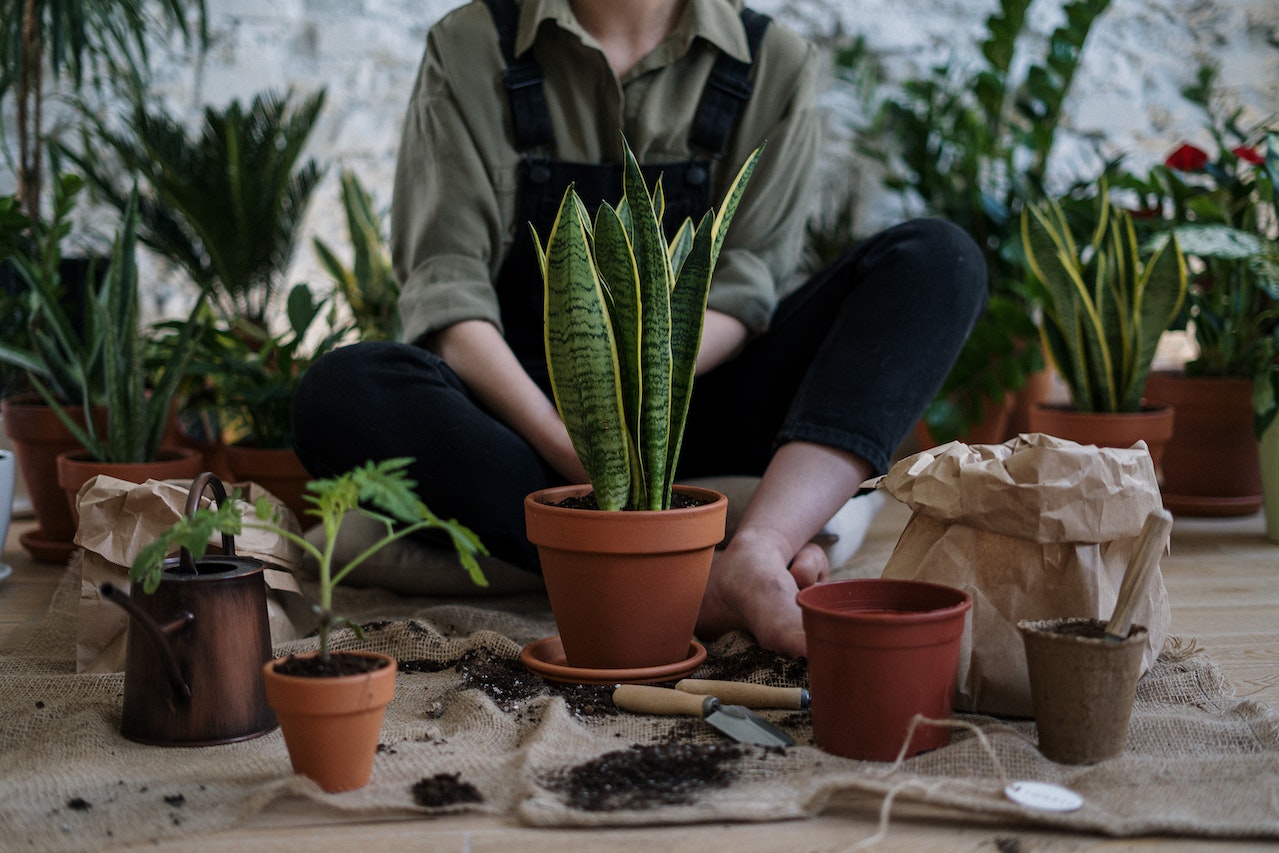A flourishing garden filled with vibrant and abundant flowers can be a source of immense joy and beauty. To achieve this, the foundation of your garden’s success lies in the quality of your soil. Proper soil preparation is the key to promoting healthy plant growth and maximizing the number of flowers in your garden. In this comprehensive guide, we will explore the essential steps and techniques to prepare your soil for a bountiful bloom. From understanding soil types to amending soil, we’ll provide you with the knowledge and practical advice you need to create a stunning floral oasis right in your backyard.
Understanding Your Soil
Before you start preparing your soil for more flowers, it’s crucial to understand its composition and characteristics. Soil can be categorized into different types, including clay, silt, and sand, each with unique properties that affect plant growth. You can perform a simple soil test to determine your soil type and pH level. Understanding your soil’s condition will help you make informed decisions when it comes to soil preparation.
Soil Testing and Analysis
Soil testing is a vital step in preparing your garden soil for optimal flower production. It provides insights into your soil’s nutrient content, pH levels, and any potential deficiencies. Soil testing kits are readily available at gardening centers, or you can send a sample to a local agricultural extension service for a comprehensive analysis. Once you have your soil test results, you can adjust your soil preparation plan accordingly.
Amending Soil
Amending your soil involves improving its structure, nutrient content, and pH levels to create an ideal environment for flowers to thrive. Different amendments can be used, such as organic matter (compost), lime, sulfur, and fertilizers. The choice of amendments depends on your soil test results and the specific needs of the plants you wish to grow. Amending your soil will enhance its fertility and drainage capabilities, providing a solid foundation for healthy flower growth.
Proper Drainage
Adequate drainage is essential for preventing waterlogged soil, which can lead to root rot and other problems that inhibit flower growth. To improve soil drainage, consider incorporating organic matter, such as compost, into the soil. Additionally, raised beds or containers can help promote better drainage, especially in areas with clayey soil.
Mulching
Mulching your garden beds is an effective way to conserve soil moisture, regulate soil temperature, and prevent weed growth. Organic mulch, such as wood chips or straw, can enhance the overall health of your soil and provide a favorable environment for flowers to grow. Be sure to maintain a layer of mulch throughout the growing season, keeping it a few inches away from the base of your plants to prevent moisture-related issues.
Soil pH Adjustment
Soil pH plays a crucial role in flower development. Most flowers prefer a slightly acidic to neutral pH range. If your soil test reveals an unfavorable pH level, you can adjust it using materials like lime (to raise pH) or sulfur (to lower pH). Correcting pH imbalances ensures that your soil provides an environment where flowers can access essential nutrients.
Choosing the Right Plants
Selecting the right plants for your garden is an important aspect of soil preparation for flowers. Different flowers have varying soil and sunlight requirements. Research the specific needs of the flowers you wish to grow, and choose those that are well-suited to your soil type and local climate conditions.
Fertilization
Regular fertilization is essential for promoting healthy flower growth. Organic or synthetic fertilizers can be used to supplement the soil with necessary nutrients. It’s important to follow recommended fertilization schedules and application rates to avoid over-fertilization, which can harm your plants.
Watering Techniques
Proper watering is a key component of soil preparation for flowers. Ensure that your garden receives consistent, even moisture. Overwatering can lead to root problems, while underwatering can stunt flower growth. Install a drip irrigation system or use a soaker hose to provide a steady supply of water to your plants.
Pest and Disease Management
Effective pest and disease management is essential to protect your flowers from common threats. Regular inspection, pruning, and the use of natural pest control methods can help maintain the health of your plants and prevent infestations that can reduce flower production.
Maintenance and Care
Ongoing maintenance is vital for the long-term success of your flower garden. Pruning, deadheading, weeding, and regularly replenishing mulch are tasks that will keep your garden in optimal condition, ensuring a continuous display of beautiful blooms.
Seasonal Considerations
Different seasons require different care approaches. Understand the needs of your flowers during each season and adapt your soil preparation and maintenance routines accordingly. Spring, summer, fall, and winter all present unique challenges and opportunities for flower gardening.
Conclusion
Achieving a garden filled with abundant flowers is a rewarding endeavor that begins with proper soil preparation. By understanding your soil, amending it appropriately, and following best practices for maintenance and care, you can create a thriving floral paradise in your own backyard. Remember that gardening is a continuous learning process, and your garden will evolve over time. With dedication, patience, and the knowledge gained from this guide, you’ll be well on your way to enjoying a colorful and vibrant garden year after year. So, roll up your sleeves and start preparing your soil for a magnificent flower display that will delight your senses and bring beauty to your outdoor space.
